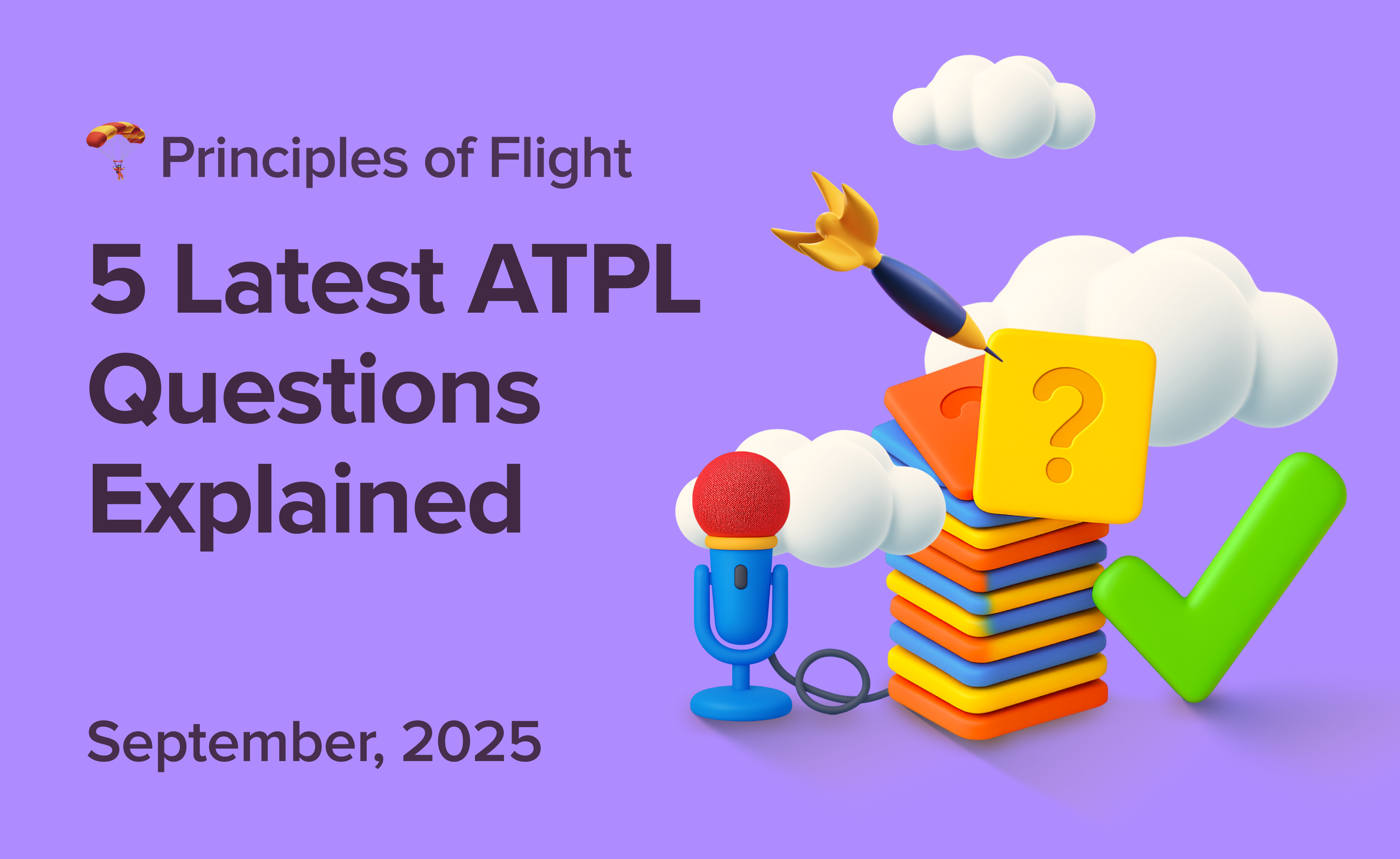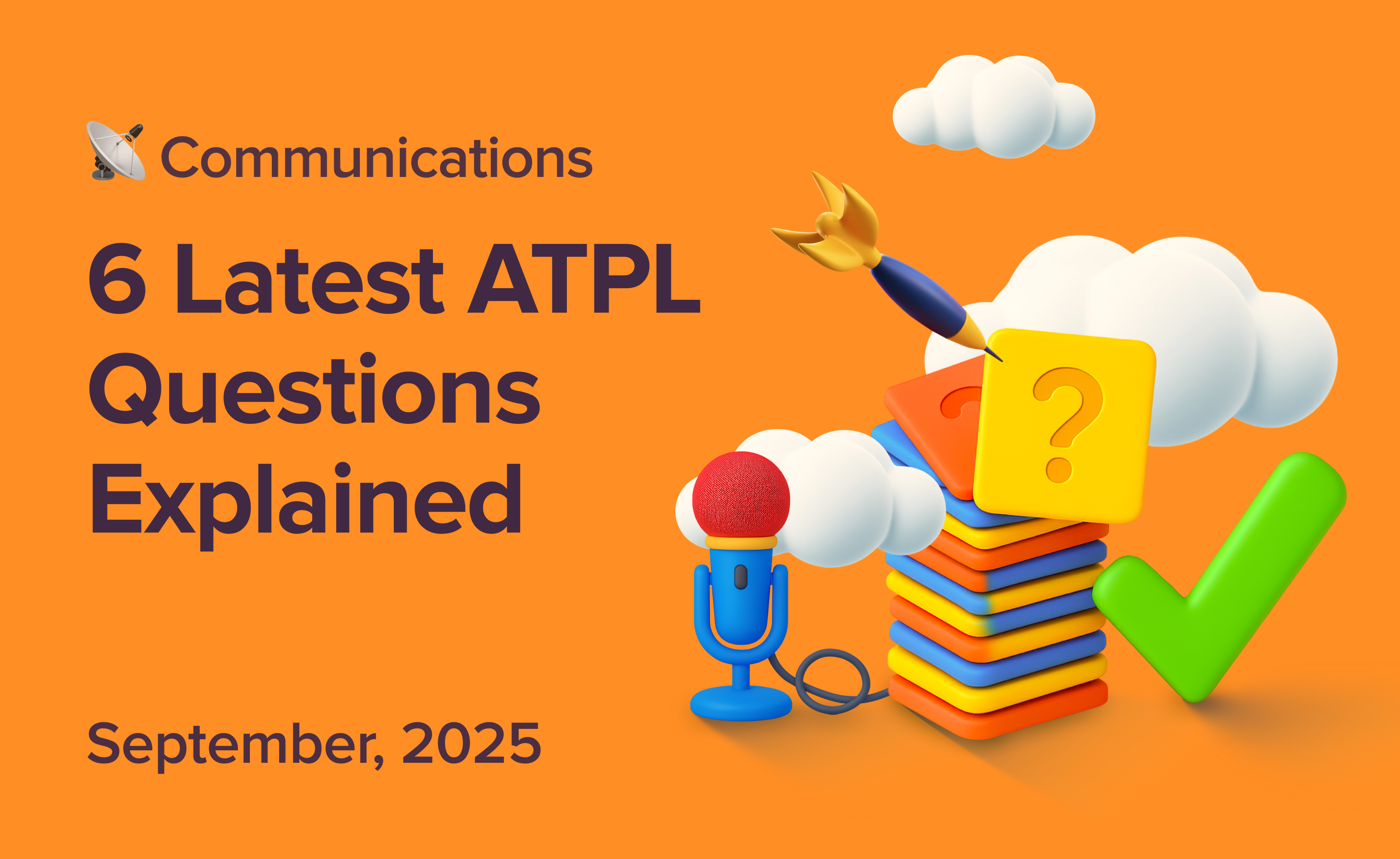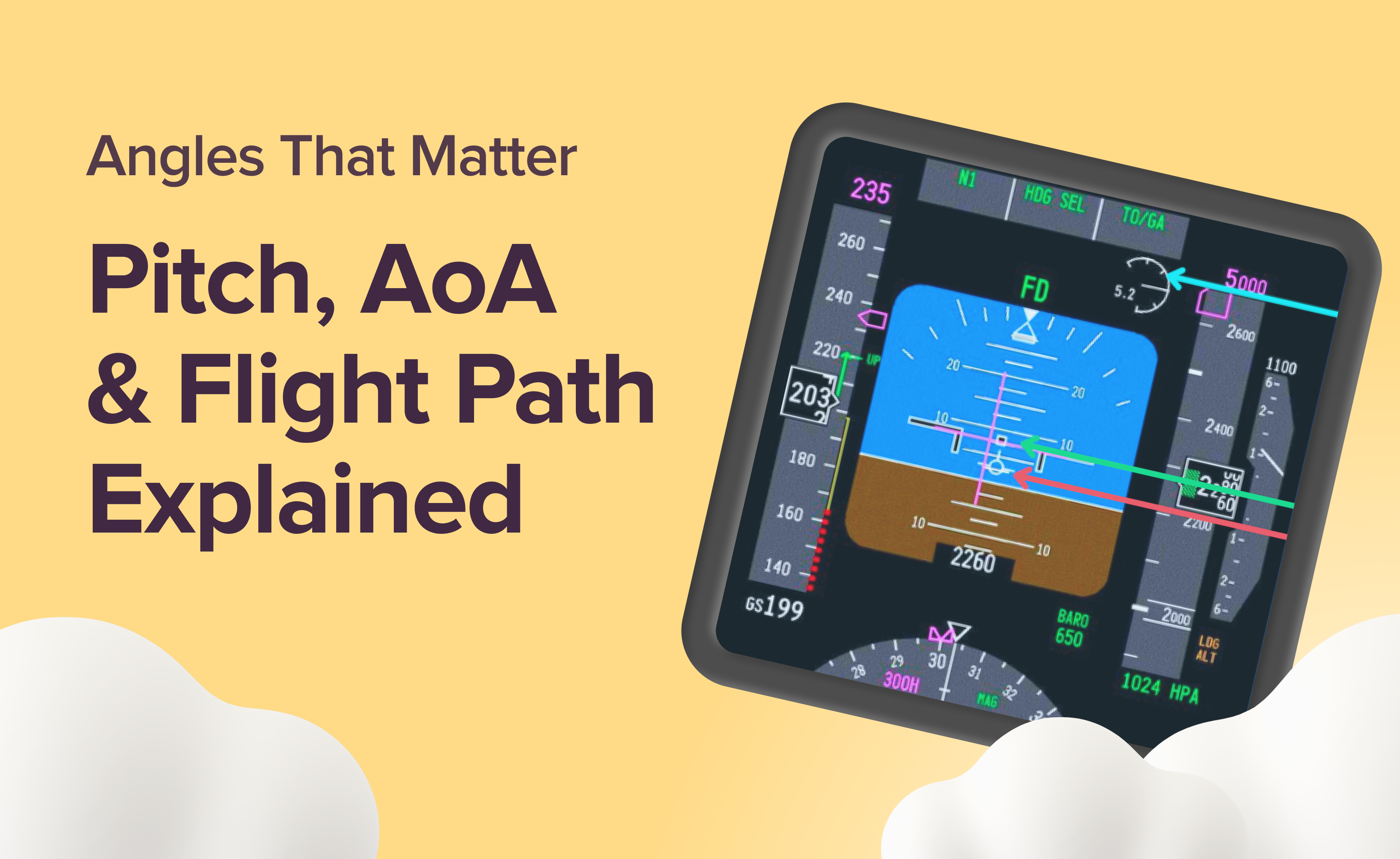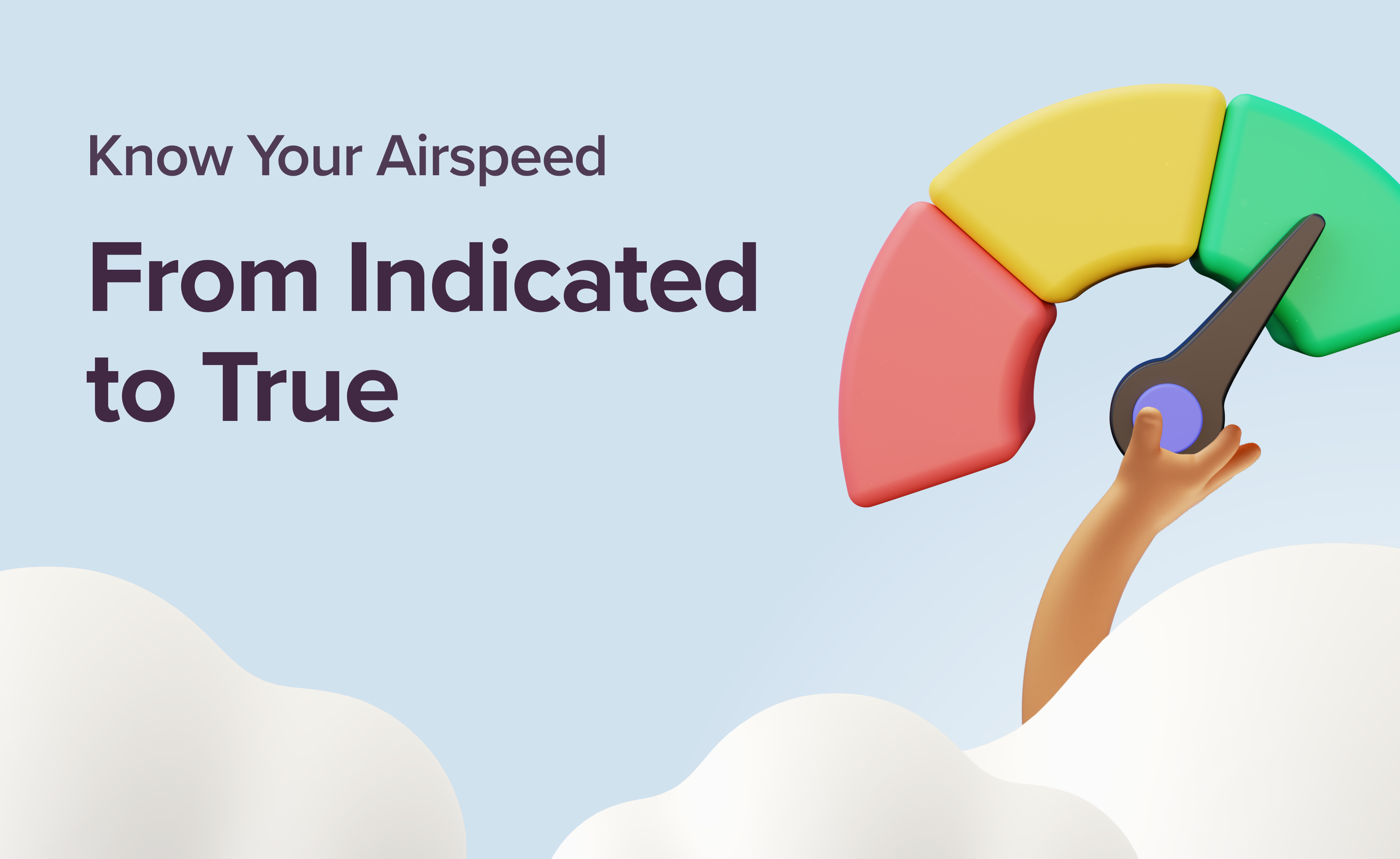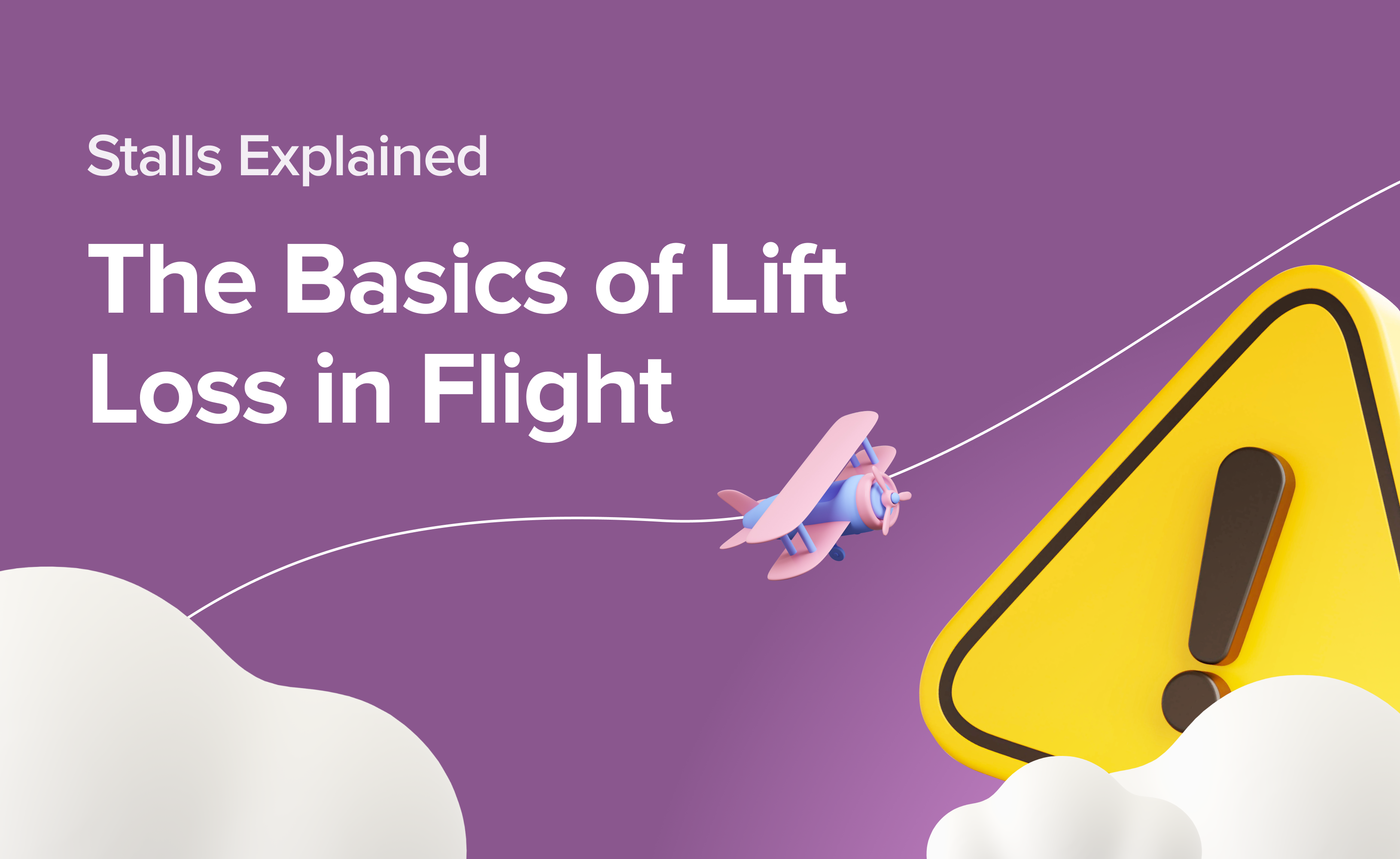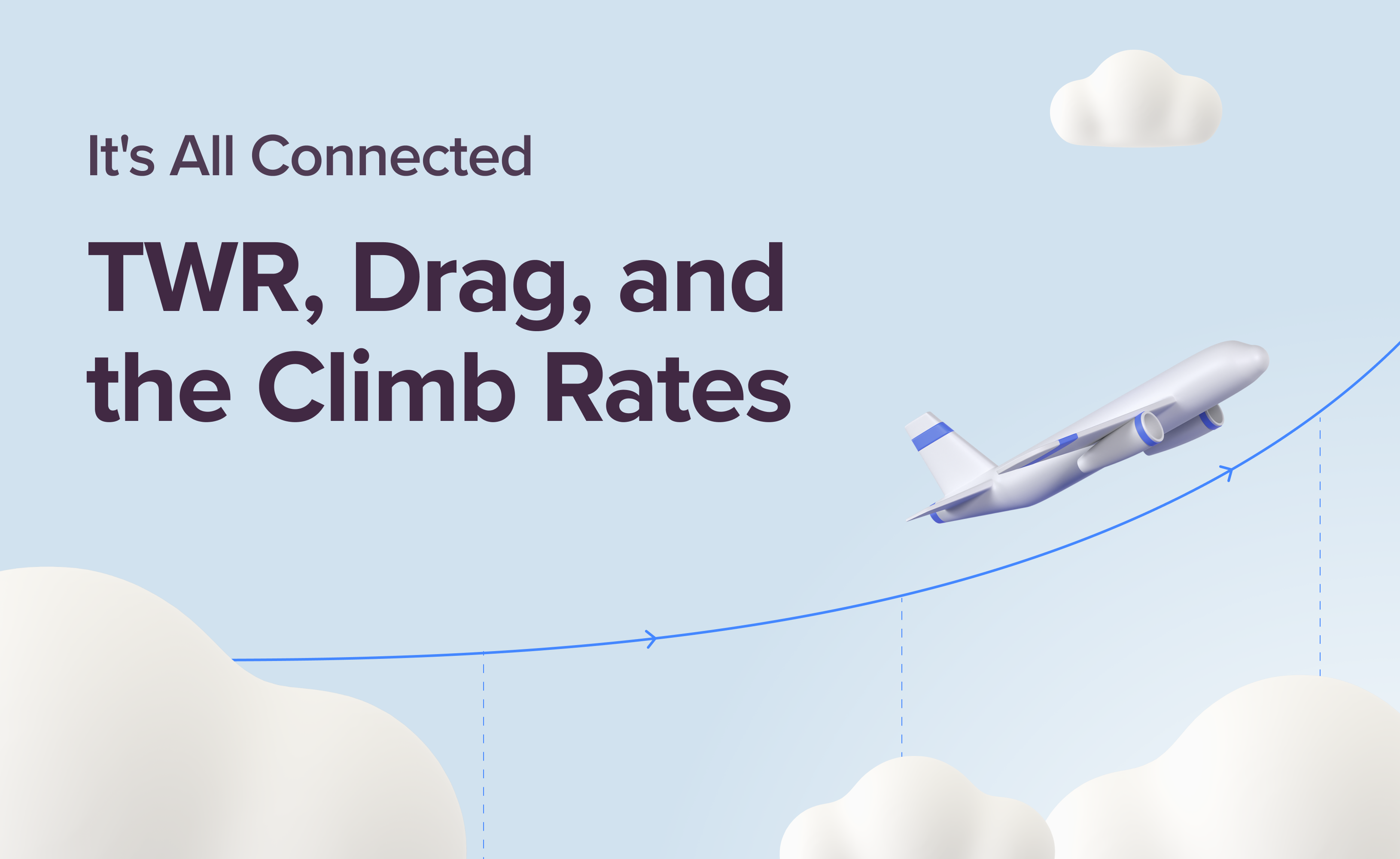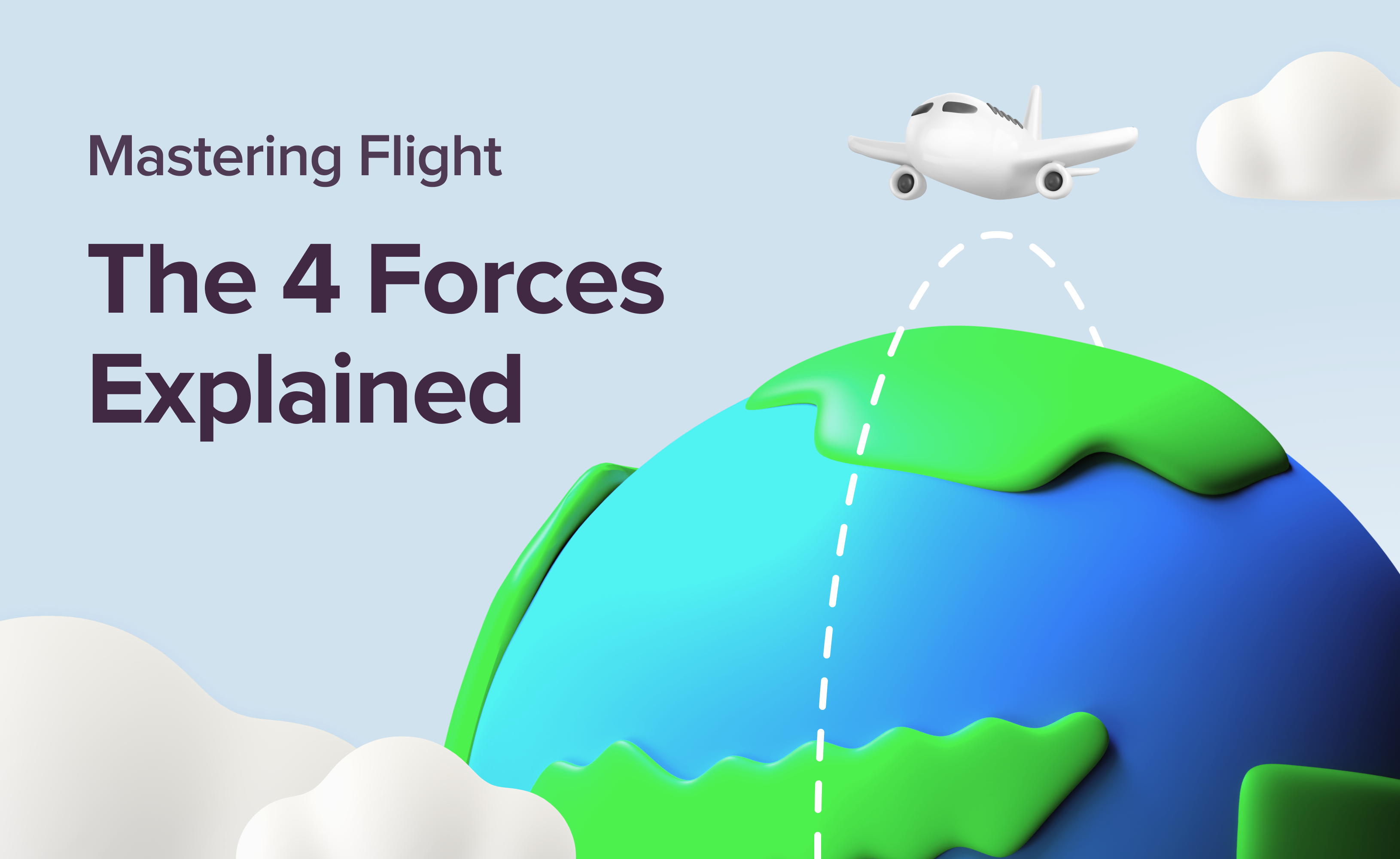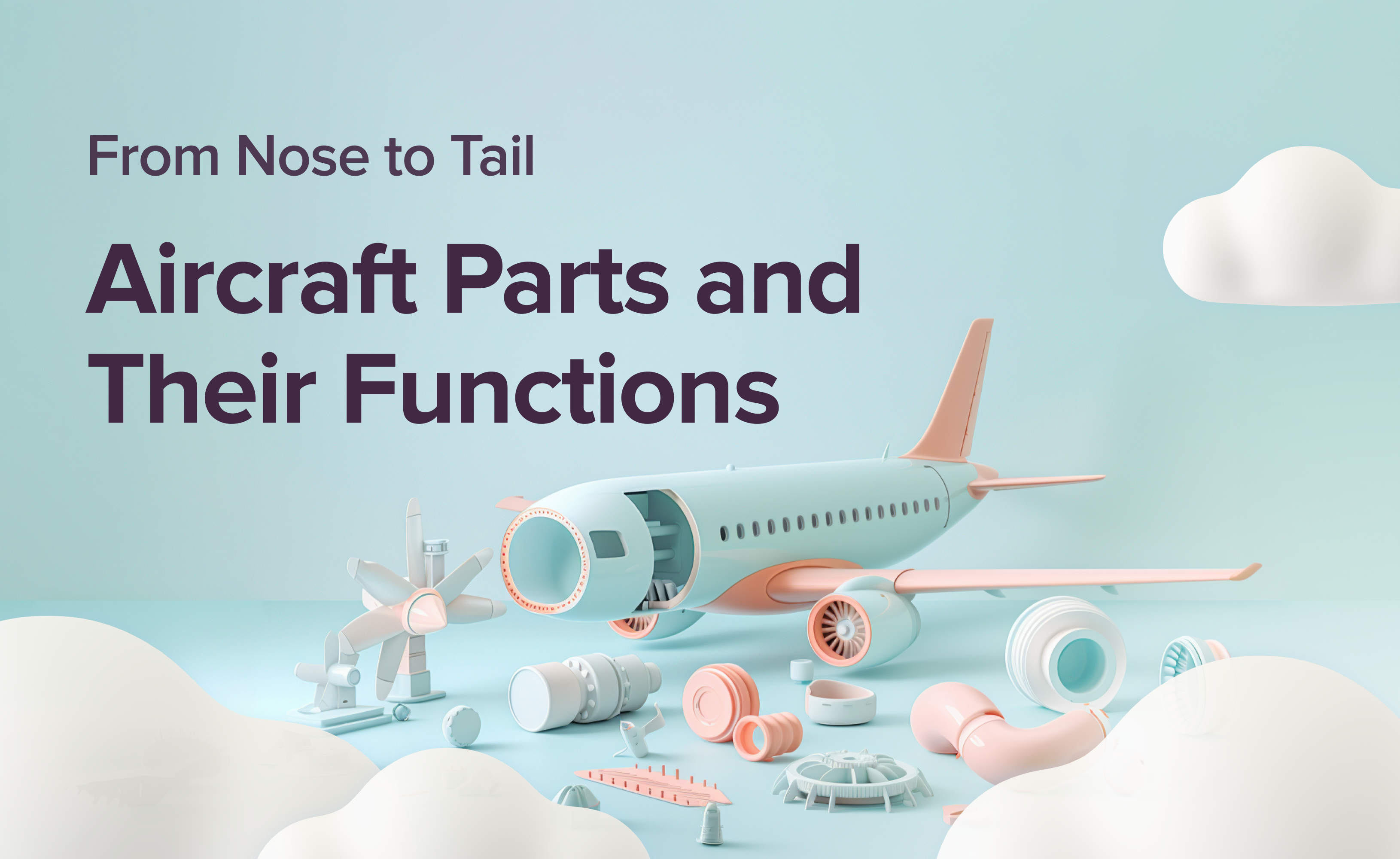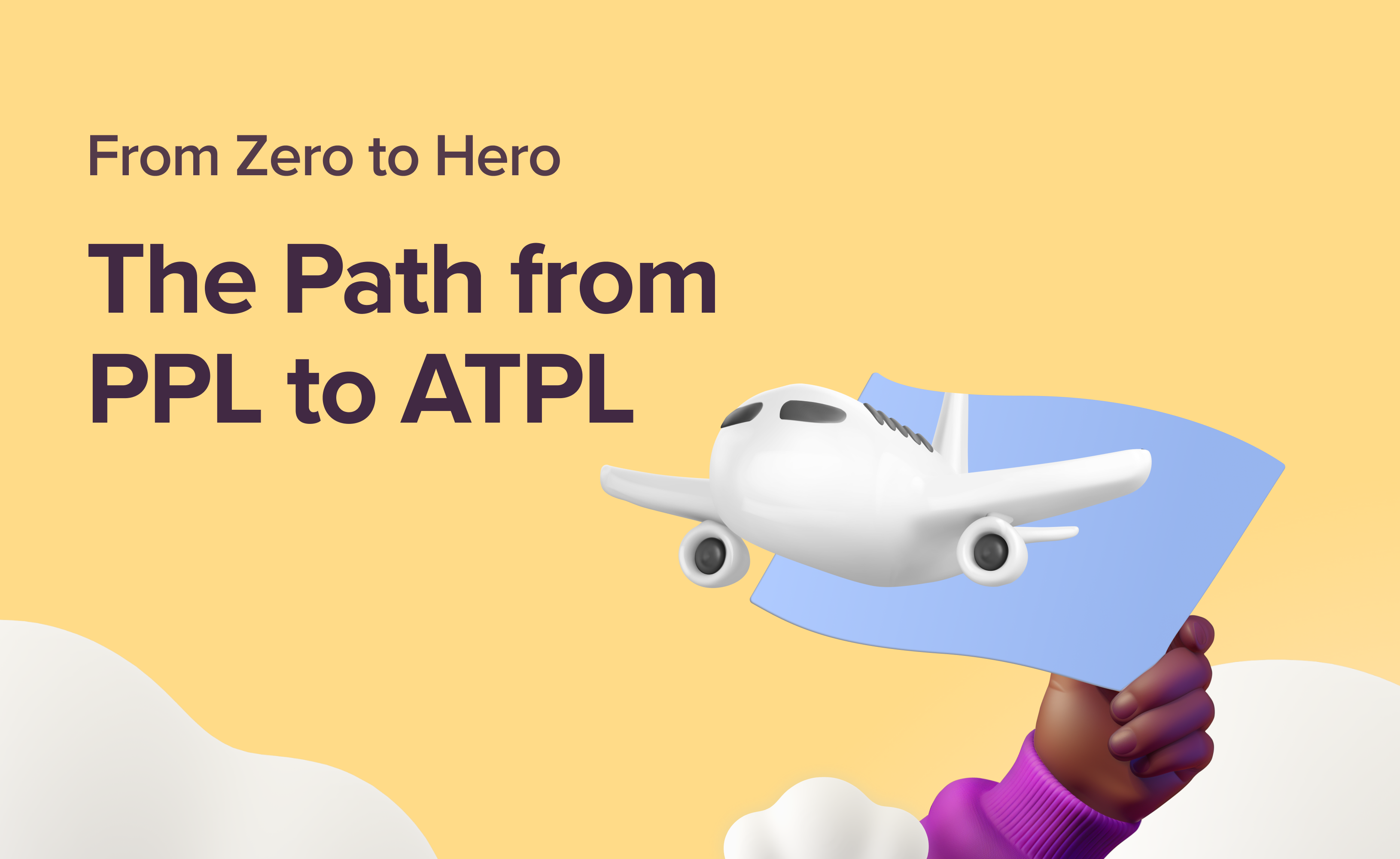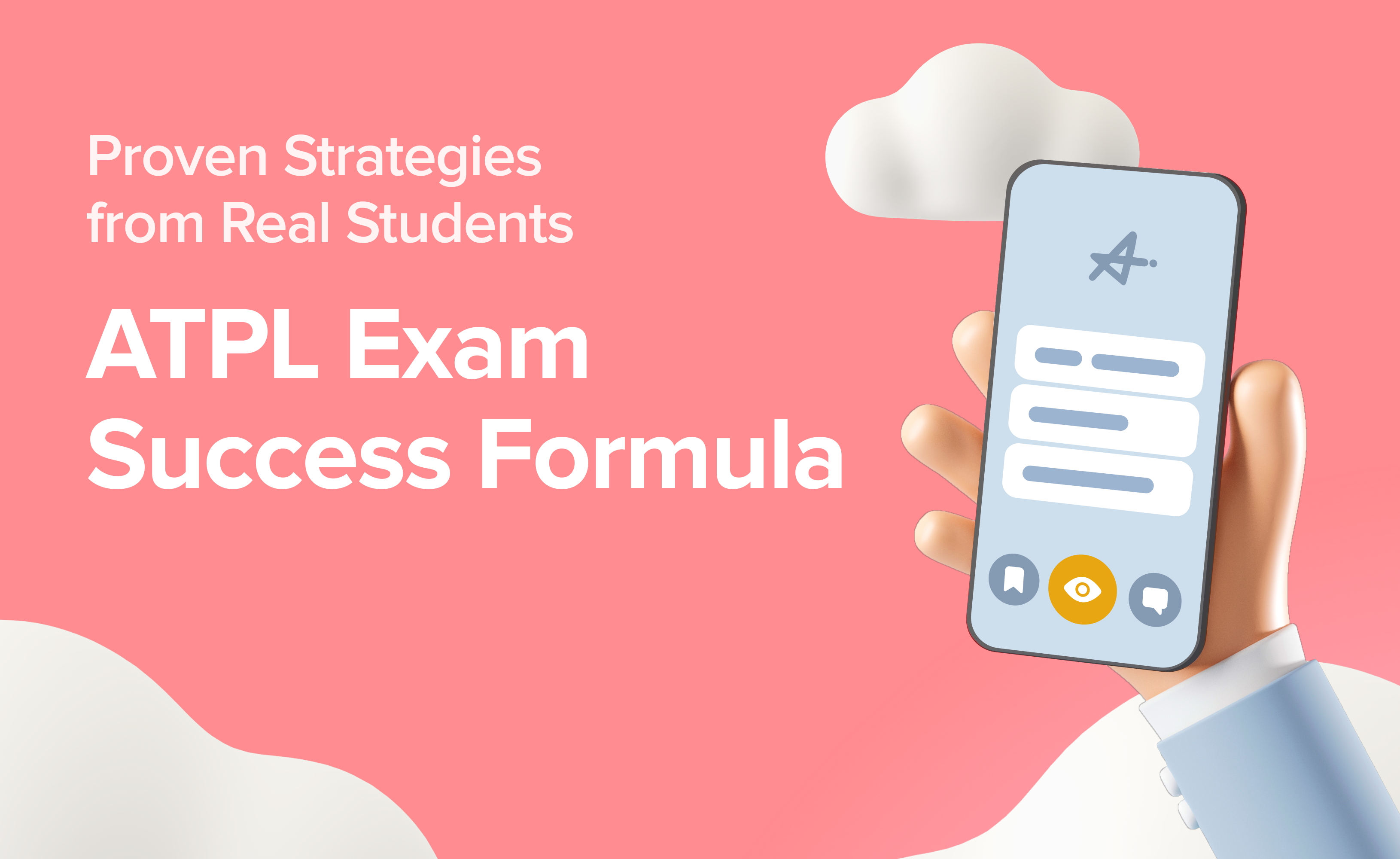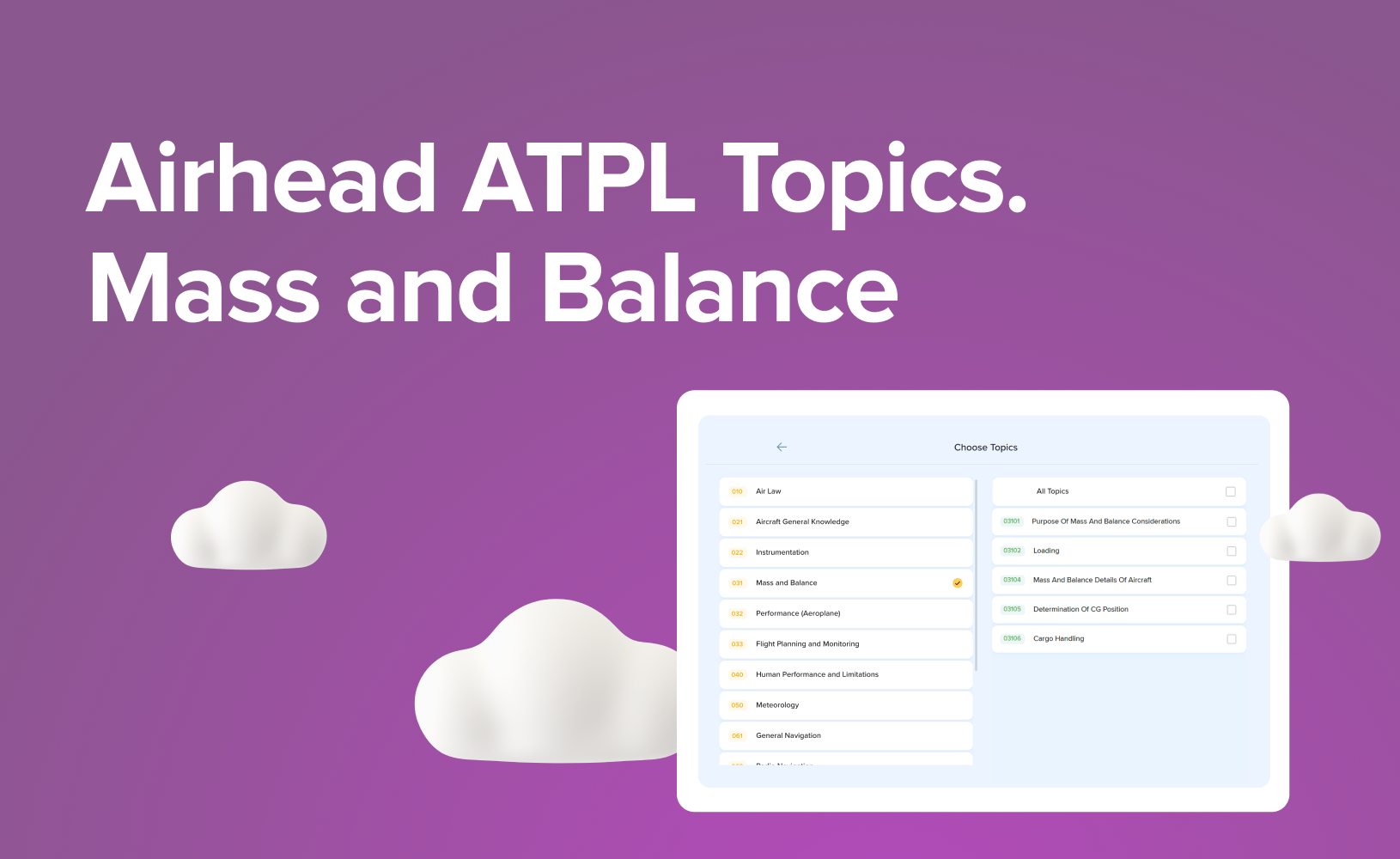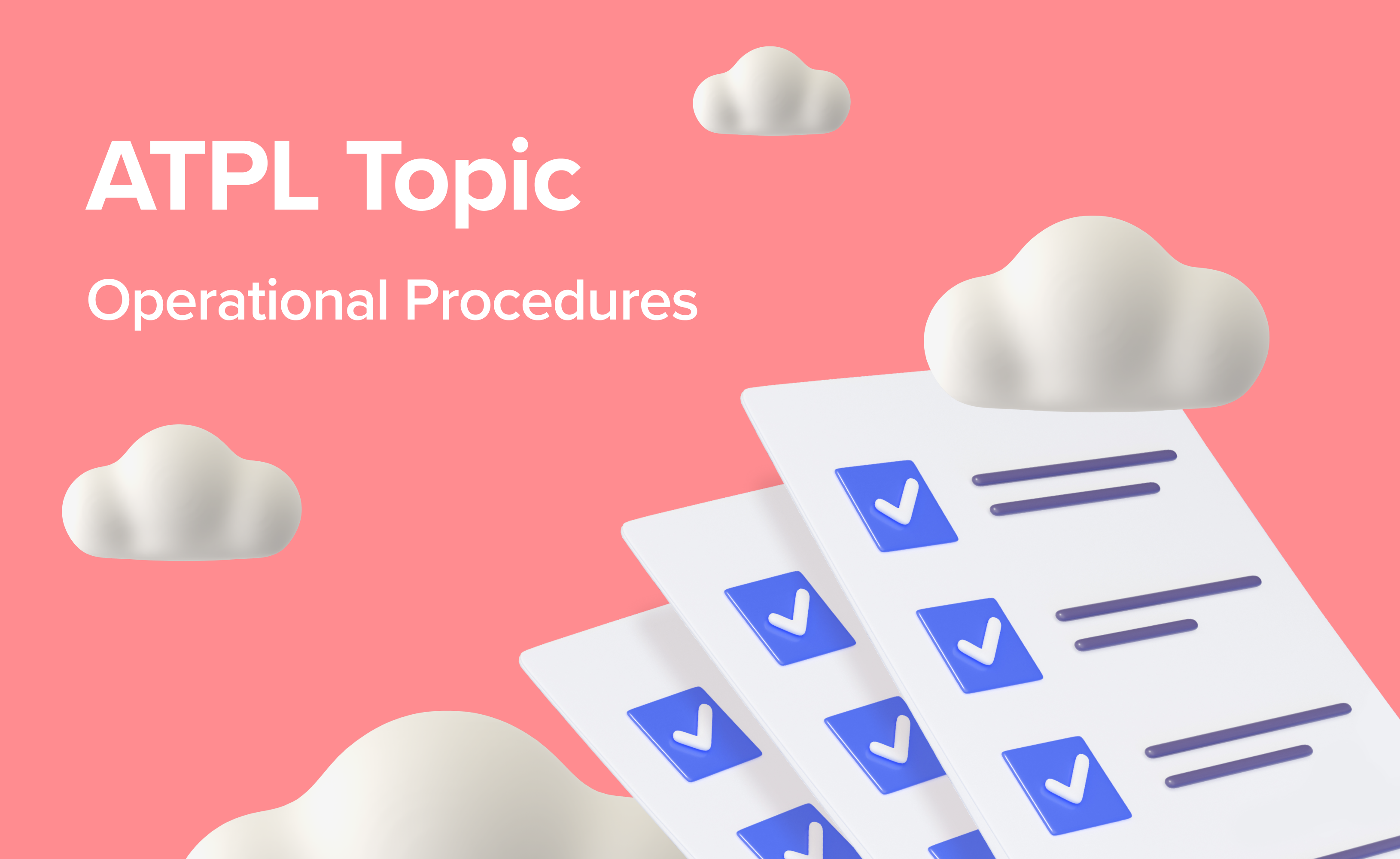ATPL Syllabus and Question Bank Versions — which is the right one?

Where to find the “right version” of the question bank? Are EASA Compliant States using the same Learning Objectives as EASA Member States? What is meant by the 2016 LOs - ECQB2022 - the New Syllabus - 2020 Learning Objectives? In this blog we will attempt to answer the questions above and clarify some other confusing points related to the syllabus.
The EASA theoretical knowledge syllabus
EASA publishes the syllabus for theoretical knowledge training in a document called Part-FCL. Its full name is Annex 1 to Regulation (EU) No 1178/2011. An ‘easy access’ format of the current version (April 2023) can be found here.
Part-FCL was first applicable in 2012. Since then there have been several amendments - these are called ED Decisions; the latest to affect Part-FCL was ED Decision 2020/005/R.
The detailed theoretical knowledge syllabus for ATPL, CPL, IR, CB-IR and EIR (which eventually was replaced by BIR), starts on Page 199 of Part-FCL. It has also undergone several major overhauls since it was first introduced in 2008 by EASA’s predecessor, the Joint Aviation Authorities (JAA). There was a significant change in 2016 and again in 2018. However, the 2018 revision was published in advance, giving the industry and regulators 2 years to adjust. This has led to some very confusing labeling.
EASA now uses the syllabus first published in ED Decision 2018/001/R (Amendment 4 to Part-FCL). This is also known as ‘the New Syllabus’, ‘the 2018 syllabus’, the ‘2020 syllabus’, the ‘2018 Learning Objectives (or LOs)’ and the ‘2020 Learning Objectives (or LOs)’.
Since it was first published in 2018, the syllabus has been updated by
ED Decision 2018/011/R (Amendment 6 to Part-FCL)
ED Decision 2019/017/R (Amendment 8 to Part-FCL)
ED Decision 2020/018/R (Amendment 10 to Part-FCL)
If you are studying for EASA exams, make sure you are studying course material that reflects all of these amendments.
EASA compliant states’ theoretical knowledge syllabi
There are several states which align their aviation regulations with EASA, but are not members of EASA. These include:
Hong Kong CAA
Gulf CAA
South African CAA
UK CAA
Other than the UK CAA, all of these states follow the so called ‘old syllabus’; it was first published in ED Decision 2016/008/R (Amendment 2 to Part-FCL), and is also known as the 2016 syllabus.
The UK CAA have adopted the New Syllabus; however, they have not (at the time of writing in April 2023) adopted ED Decision 2020/018/R (Amendment 10 to Part-FCL).
EASA Question Bank
EASA produces a central question bank, called the ECQB, which the exam authorities use to produce EASA exams. This is not in the public domain.
Prior to the introduction of the new syllabus, versions were numbered sequentially, so the last version for the old syllabus is ECQB8. When exams for the new syllabus were introduced, they were based on a revised question bank called ECQB2020. Each year EASA introduces a new version of the central question bank, so we have seen ECQB2021 and ECQB2022 so far and no doubt there will soon be an ECQB2023.
During the year the question bank may be updated; the current version is ECQB2022/4.
Commercial Question Banks
As the ECQB is not in the public domain, commercial question banks like Airhead must rely on candidate feedback to find out when new questions are introduced, or changes to existing questions are made. They will also provide enhancement to the questions such as classifying them against the LOs, writing explanations, and facilitating discussion from users about the questions.
The questions themselves are not the intellectual property of the commercial question banks, which is why you will see questions duplicated in the major question banks, but the explanations are.
However, you should understand that none of the commercial question banks is an exact replica of the current ECQB, as there is a lag before there is sufficient feedback from exam candidates to identify new questions. This is one of the reasons we suggest you learn primarily from your course materials rather than the question banks, so you can answer questions you have not seen before.
Check out our blog on how to efficiently use a question bank.
Summary
We understand it’s quite a lot to take, so here’s a quick summary:
There are two syllabi in current use: EASA and the UK CAA use the ‘new syllabus, and the other EASA complaint states use the ‘old syllabus’.
Old syllabus = 2016 Syllabus = 2016 Learning Objectives = 2016 LOs
New syllabus = 2018 syllabus = 2018 Learning Objectives = 2018 LOs = 2020 syllabus = 2020 Learning Objectives = 2020 LOs
The LOs or Learning Objectives refer to the details of the theoretical knowledge syllabi.
EASA provides exam authorities with a central question bank; the latest old syllabus version is ECQB8 and for the new syllabus ECQB 2022/4.
ECQB2020 was replaced by ECQB2021, in turn replaced by ECQB2022…
Commercial question banks get their questions from candidates’ recollections of what they saw in their exams.
It is definitely not easy to discern between different syllabus and question bank versions, so hopefully our article has made this topic a bit clearer and your day a bit brighter. Thank you!




